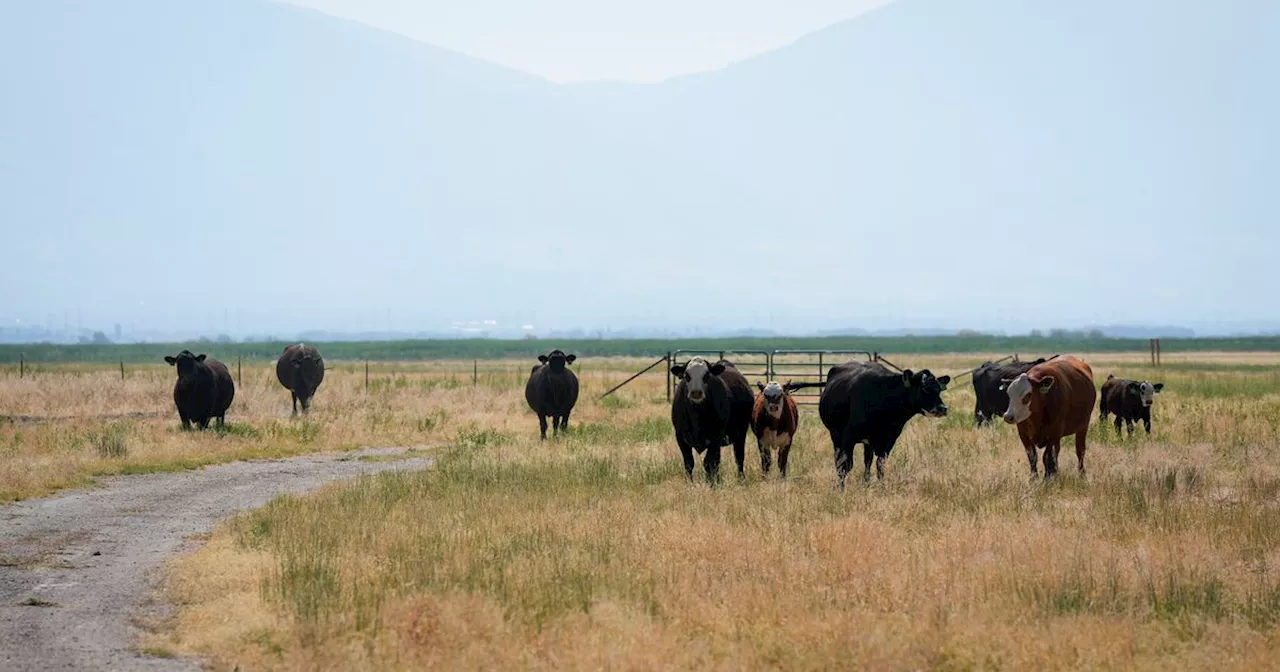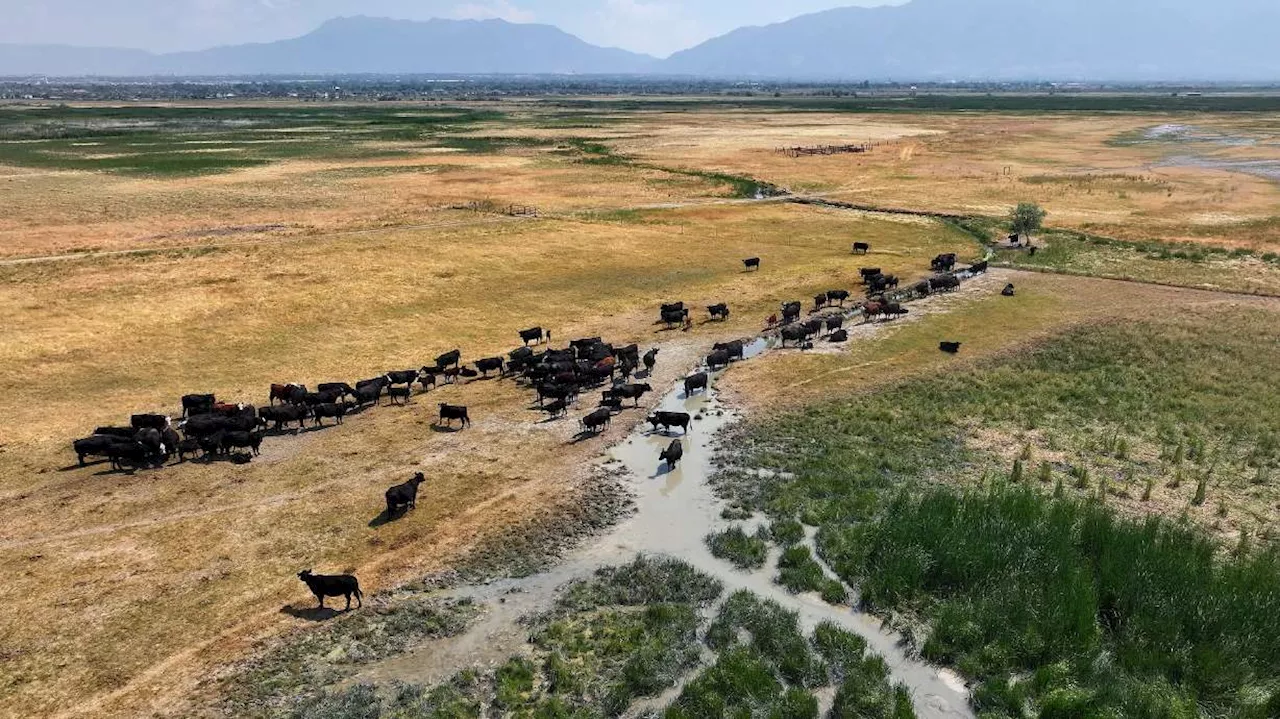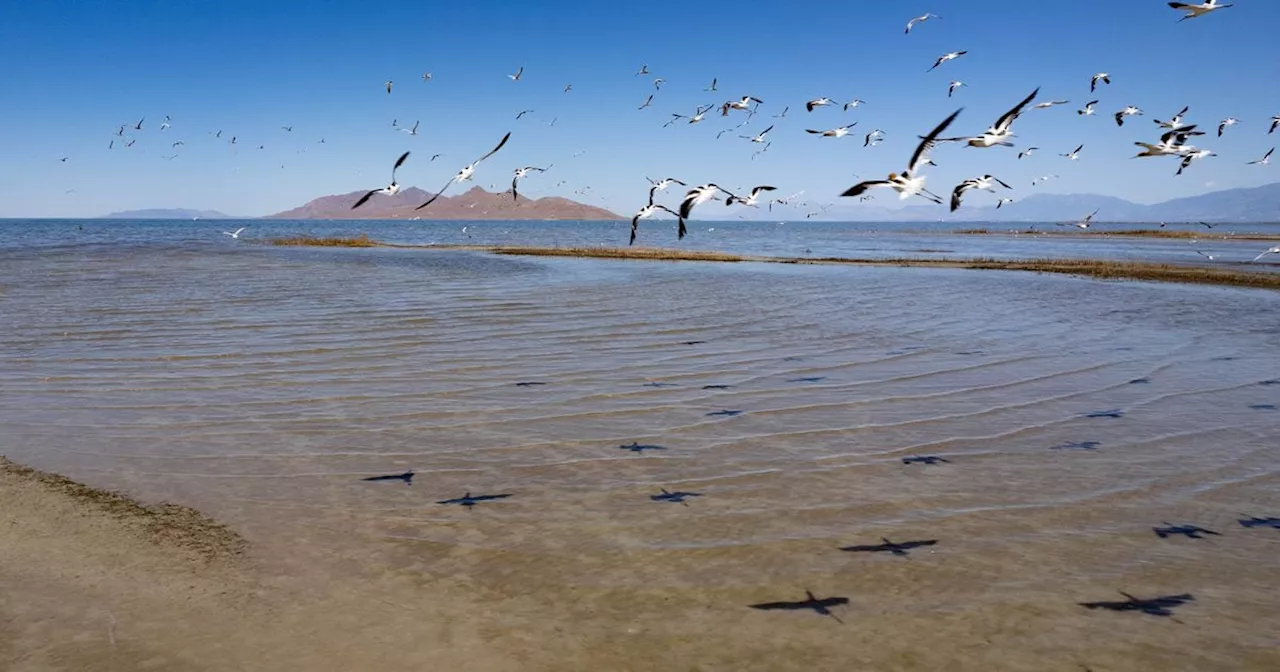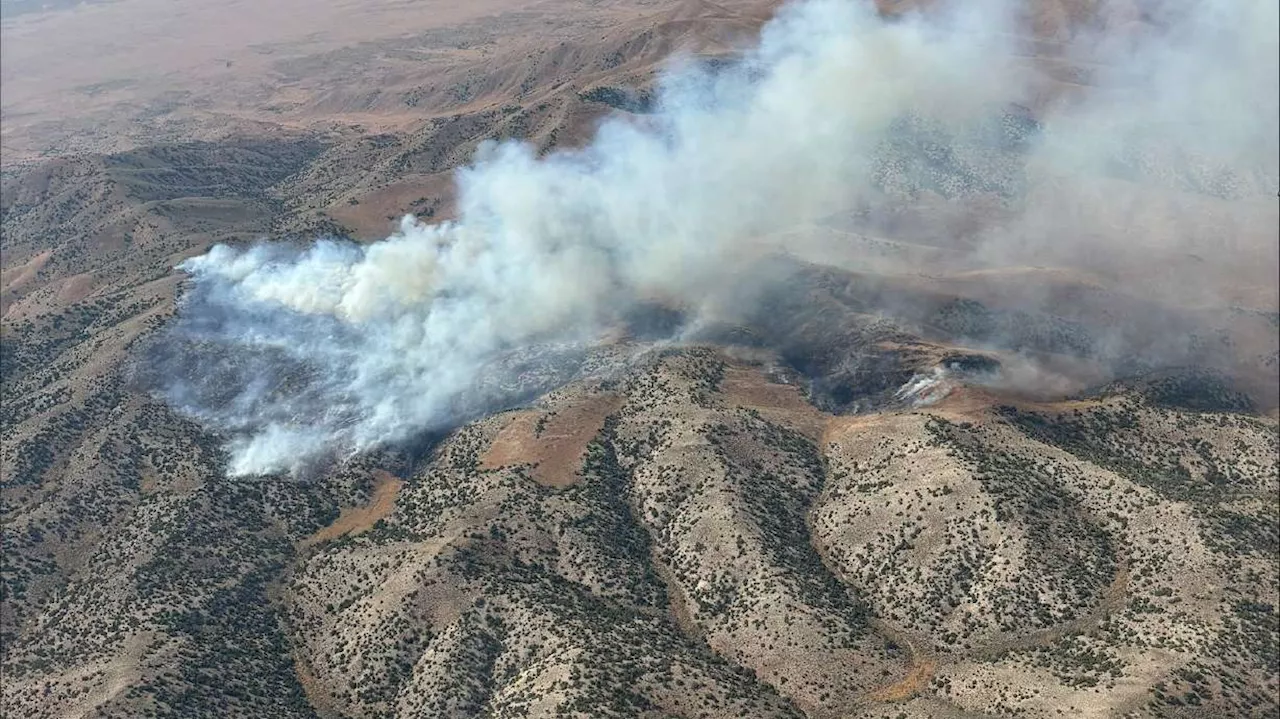Newly announced research examining greenhouse gas emissions from the drying lake bed of Great Salt Lake, Utah, calculates that 4.1 million tons of carbon dioxide and other greenhouse gases were released in 2020.
This research suggests that drying lake beds are an overlooked but potentially significant source of greenhouse gases, which may further increase due to climate change.
From year to year, Great Salt Lake's water level varies, largely depending on the volume of meltwater that flows into the lake from the surrounding mountains -- from record highs in the 1980s to a record low in 2022. However, it is human-related consumption by agriculture, industry, and municipal uses, that consume ever-increasing amounts of freshwater that, over the years, has depleted the lake.
Fieldwork was conducted while Soren Brothers was Assistant Professor of Limnology at Utah State University, and lead author, Melissa Cobo, was a master's student at USU. Co-author Tobias Goldhammer is a collaborating researcher at the Leibniz Institute for Freshwater Research in Berlin, Germany. Measurements of carbon dioxide and methane gases were made every two weeks from the dried-up lake bed using a portable greenhouse gas analyzer attached to a closed chamber.
As climate change exacerbates drought in arid regions, desiccation of rivers and lakes may be contributing to climate change feedback loops and should be considered in assessments of global greenhouse gas output as well as reduction policies and efforts.In a new study, researchers broke down how human-induced greenhouse gas and aerosol emissions influence rainfall in the United States. Greenhouse gas emissions increase rainfall, while aerosols have ...
Climate Environmental Issues Environmental Awareness Air Quality Environmental Policy Environmental Science Geography
United States Latest News, United States Headlines
Similar News:You can also read news stories similar to this one that we have collected from other news sources.
 12 Great Salt Lake-themed art projects unveiled as Salt Lake City looks to 'wake' the lakeThe Salt Lake City Arts Council revealed 12 temporary art projects that will spotlight the lake and its importance.
12 Great Salt Lake-themed art projects unveiled as Salt Lake City looks to 'wake' the lakeThe Salt Lake City Arts Council revealed 12 temporary art projects that will spotlight the lake and its importance.
Read more »
 Hungry, hungry bovines: How cows are helping benefit the Great Salt LakeThe Nature Conservancy Utah has gained ground on thousands of acres of wetland in its yearslong battle against the invasive grass using its own herd and cows from local ranchers.
Hungry, hungry bovines: How cows are helping benefit the Great Salt LakeThe Nature Conservancy Utah has gained ground on thousands of acres of wetland in its yearslong battle against the invasive grass using its own herd and cows from local ranchers.
Read more »
 How cows are used as weed eaters — literally — to help the Great Salt Lake retain waterAfter cows clear the phragmites, native vegetation that requires less water can return, leaving more water for the Great Salt Lake.
How cows are used as weed eaters — literally — to help the Great Salt Lake retain waterAfter cows clear the phragmites, native vegetation that requires less water can return, leaving more water for the Great Salt Lake.
Read more »
 Can a conservative think tank help save the Great Salt Lake?Utah has partnered with a group with right-wing ties to save the Great Salt Lake.
Can a conservative think tank help save the Great Salt Lake?Utah has partnered with a group with right-wing ties to save the Great Salt Lake.
Read more »
 Road access closed due to fire north of Great Salt Lake, crews flying inThe Tangent Peak Fire has reached 473 acres, as crews fly to access a remote portion of Box Elder County on the northwestern perimeter of the Great Salt Lake.
Road access closed due to fire north of Great Salt Lake, crews flying inThe Tangent Peak Fire has reached 473 acres, as crews fly to access a remote portion of Box Elder County on the northwestern perimeter of the Great Salt Lake.
Read more »
 Utah identifies 8 new 'priorities' in plan to mitigate Great Salt Lake dustThe state office tasked with handling Great Salt Lake issues has identified initial ways it plans to handle the lake's 'urgent' dust situation.
Utah identifies 8 new 'priorities' in plan to mitigate Great Salt Lake dustThe state office tasked with handling Great Salt Lake issues has identified initial ways it plans to handle the lake's 'urgent' dust situation.
Read more »
